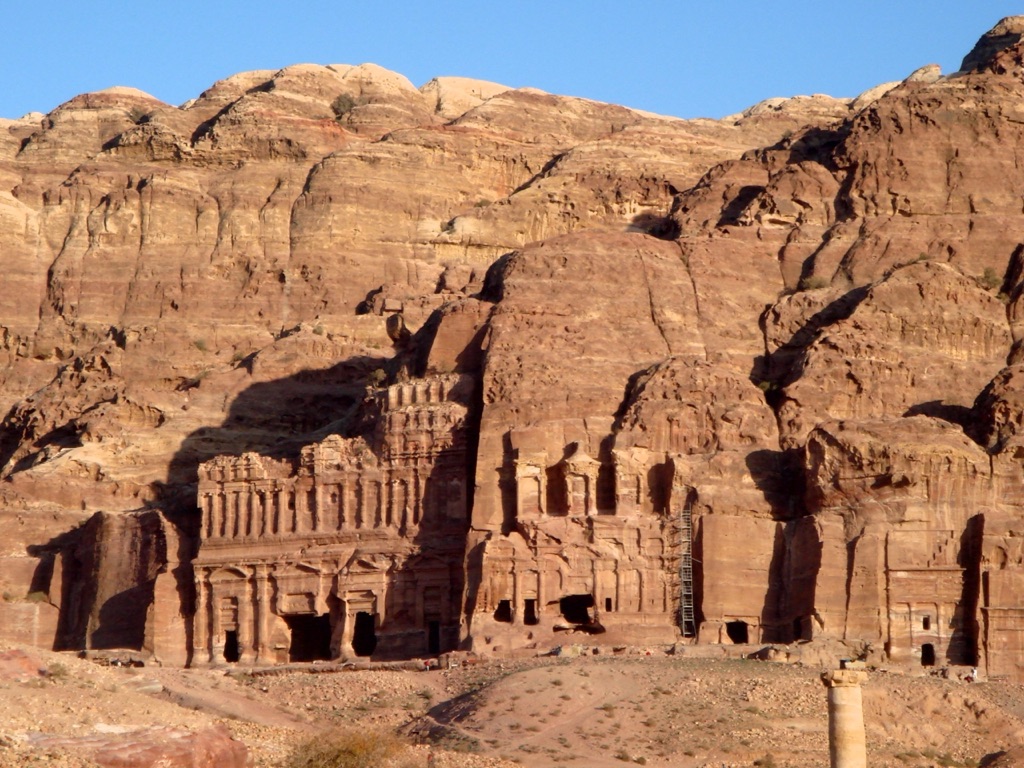Summary
Historical Significance
Petra, known as the Rose City for its pink-hued rocks, stands as a testament to the ancient world’s creativity and determination. The Petra Royal Tombs, a significant component of this archaeological wonder, offer a glimpse into the Nabataean civilization’s complex societal and burial practices. Carved directly into the cliffs at the city’s heart, the grandeur of the Royal Tombs reinforces the skilled craftsmanship of the Nabataeans. These monumental structures served both as mausoleums and as a display of wealth and power, representing a unique fusion of Hellenistic architecture and indigenous innovation.
Get your dose of History via Email
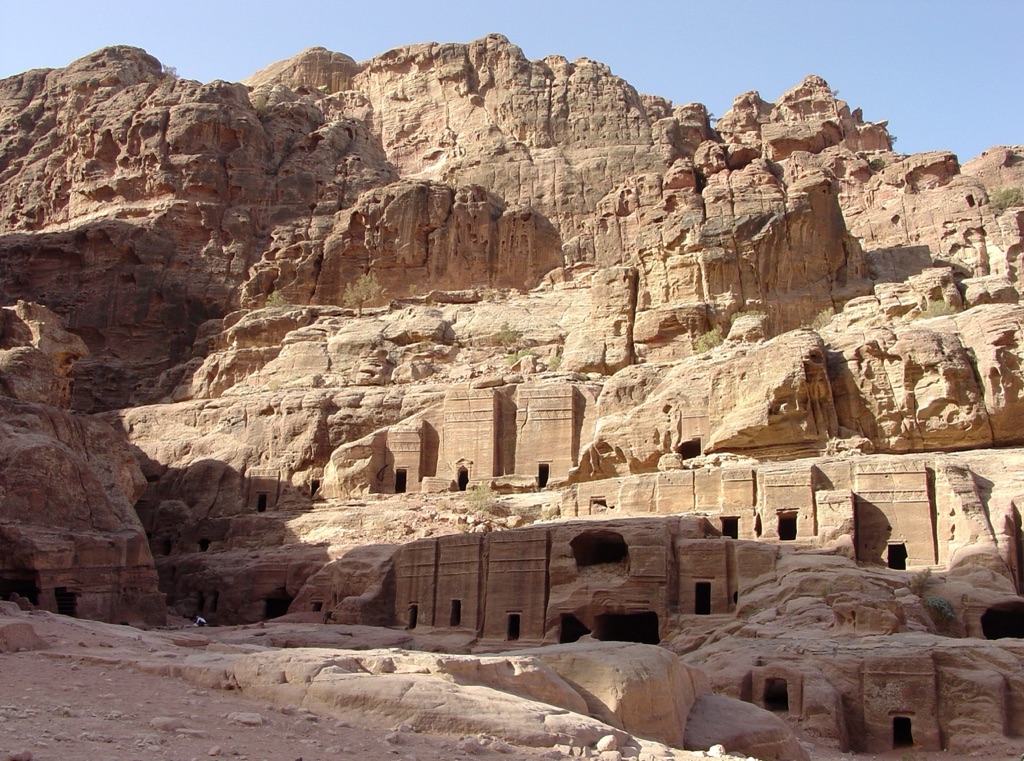
Architectural Marvel
The Petra Royal Tombs are notable for their intricately designed facades and interior chambers. Structures like the Urn Tomb, named for the urn crowning its pediment, underscore the architectural prowess present in ancient times. The Silk Tomb, with its richly colored sandstone patterns, is a visual spectacle, while the Corinthian Tomb showcases an amalgamation of architectural influences. These tombs are not only remnants of an empire’s elite but also a canvas showcasing the artistry that prevailed in that era. The Royal Tombs invite visitors to explore time-worn corridors, discover niches that held offerings, and gaze at the remains of frescoes and sculptures that withstood the test of time.
Cultural Legacy
Today, the Royal Tombs of Petra captivate scholars, history enthusiasts, and travelers alike. They represent the pinnacle of Nabataean engineering and a cultural crossroad of ancient trade routes. As visitors traverse Petra’s rugged landscape, these sites serve as stark reminders of human capability and the permanence of cultural achievements. From their construction to their enduring legacy, the Royal Tombs continue to play a crucial role in our understanding of past civilizations, acting as cultural bridges to an age when ingenuity carved life into the rock itself.
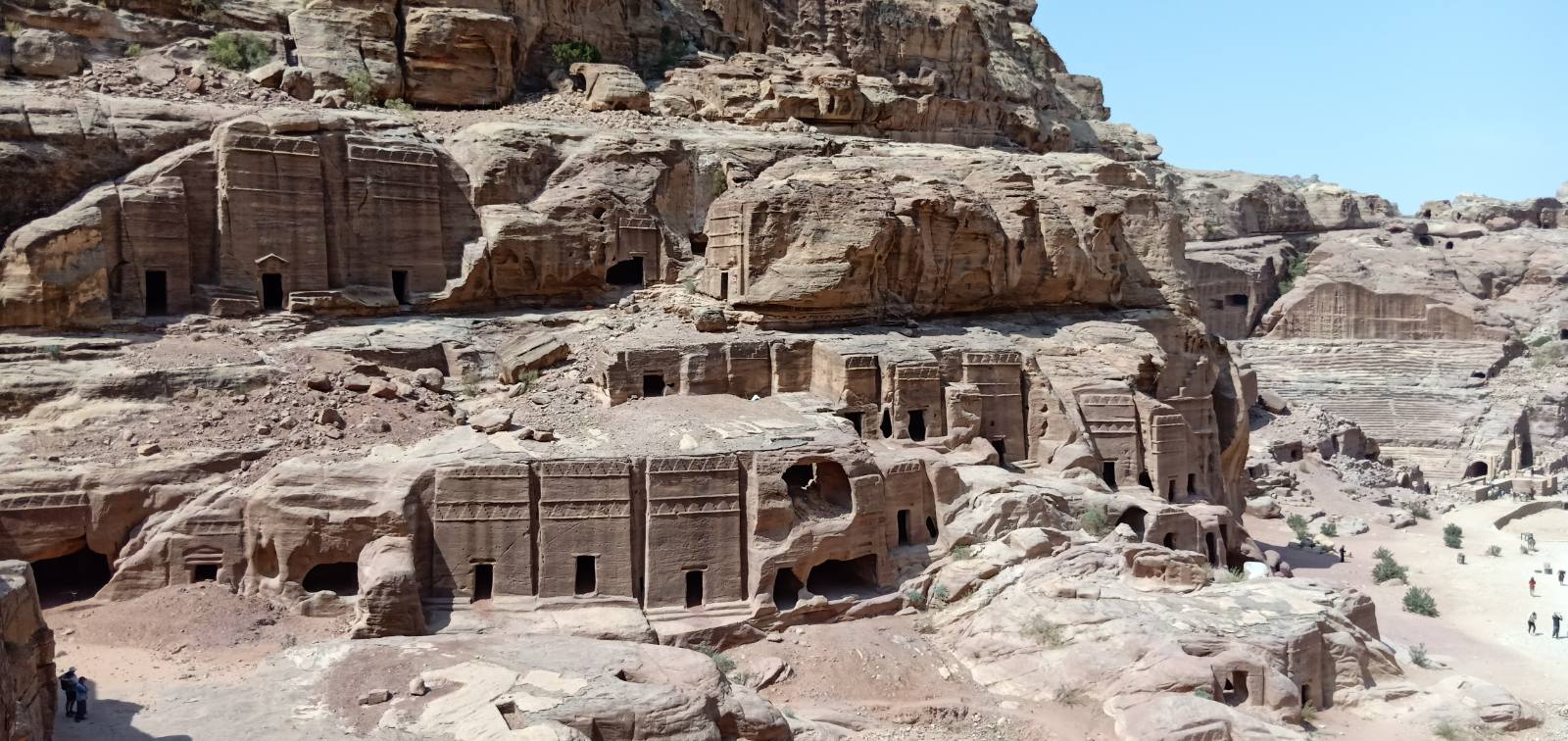
Historical Background of Petra Royal Tombs
Nabataean Origins and Burial Practices
The Petra Royal Tombs, nestled within the crevices of Jordan’s desert cliffs, stand as a dramatic testament to the ancient Nabataean culture. The Nabataeans, an Arab people who prospered from the 4th century B.C. through the 1st century A.D., made Petra their capital. They ingeniously harnessed the desert’s resources to build an oasis of trade and culture. The Royal Tombs were a central part of this civilization’s burial customs, set aside for nobility and distinguished citizens, signaling reverence and providing for the afterlife with elaborate chambers and grandiose facades.
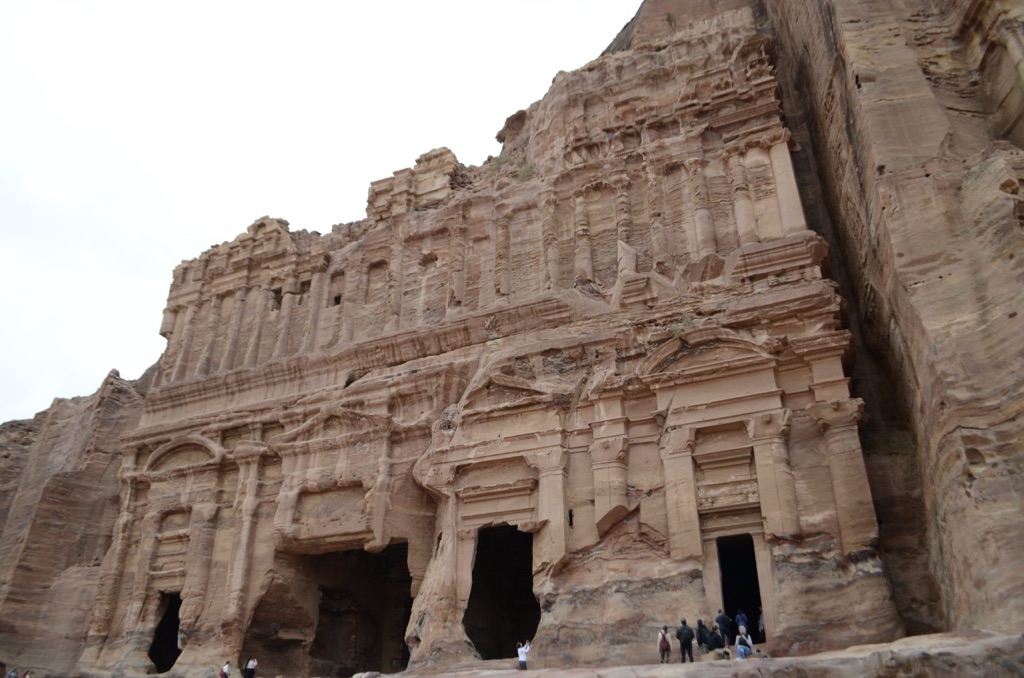
Architectural Synthesis of Influences
The stunning facades of the Royal Tombs epitomize the blend of cultural influences that the Nabataeans embraced. This fusion resulted in unique architectural advancements, incorporating styles from the Assyrians, Egyptians, and Romans. Innovatively, they carved the tombs directly from the rock face, a method that has protected the structures from the ravages of time. The monumental size and intricate details like columns and capitols tell a story of an empire at the crossroads of ancient trade routes, keen on displaying its power and artistic flair.
Key among the Royal Tombs is the Urn Tomb, visible from afar, with its towering height and distinctive urn feature. Its location high on the cliffside not only protected the sanctity of the dead but also underscored the ruler’s prominence. The Silk Tomb, on the other hand, fascinates with its striated, multicolored rock patterns, embodying natural artistry. To behold them is to walk through chapters of history, etched and preserved in stone.
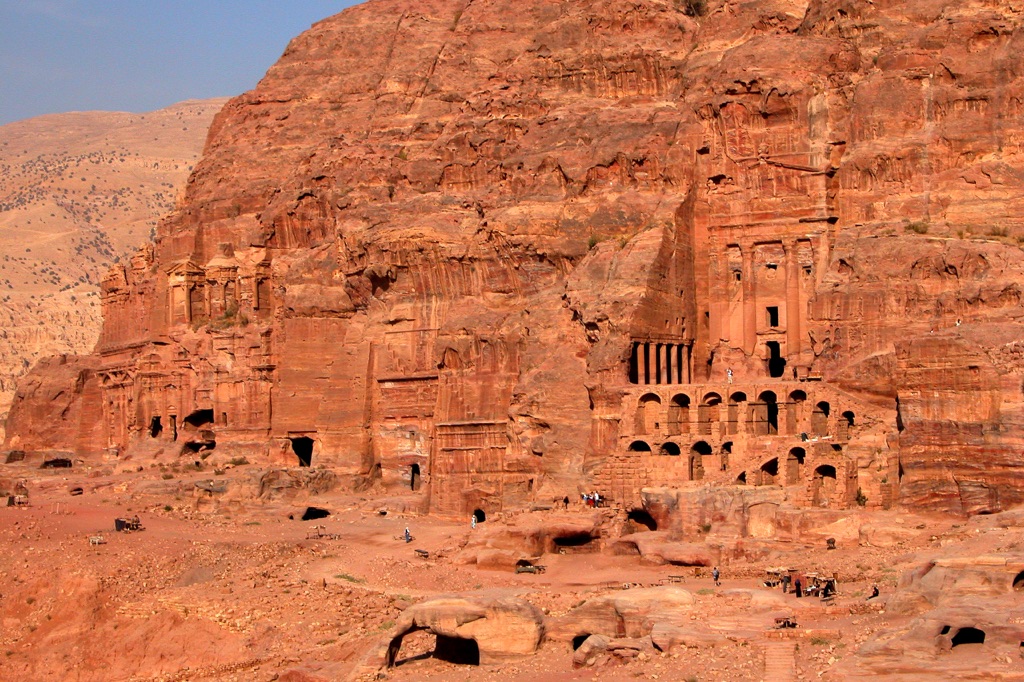
Rediscovery and Preservation
Lost to the western world for centuries, Petra was rediscovered in 1812 by Swiss explorer Johann Ludwig Burckhardt, who introduced it to the broader world. Since then, the Royal Tombs have fascinated archaeologists and tourists alike. Despite centuries of exposure to natural elements, the tombs largely retain their original splendor, showcasing the timeless appeal of Nabataean culture. Today, preservation efforts are paramount to maintain the integrity of this UNESCO World Heritage Site, allowing future generations to witness the ingenuity of ancient peoples.
Throughout the sprawling necropolis, inscriptions and remnants of painted plaster offer silent narratives of lavish ceremonies and tributes to the departed. As research continues, each discovery lends depth to our understanding of ancient lives and deaths. The Royal Tombs do not merely represent final resting places; they are historical archives, standing in stoic grandeur, telling tales of a complex and vibrant society.
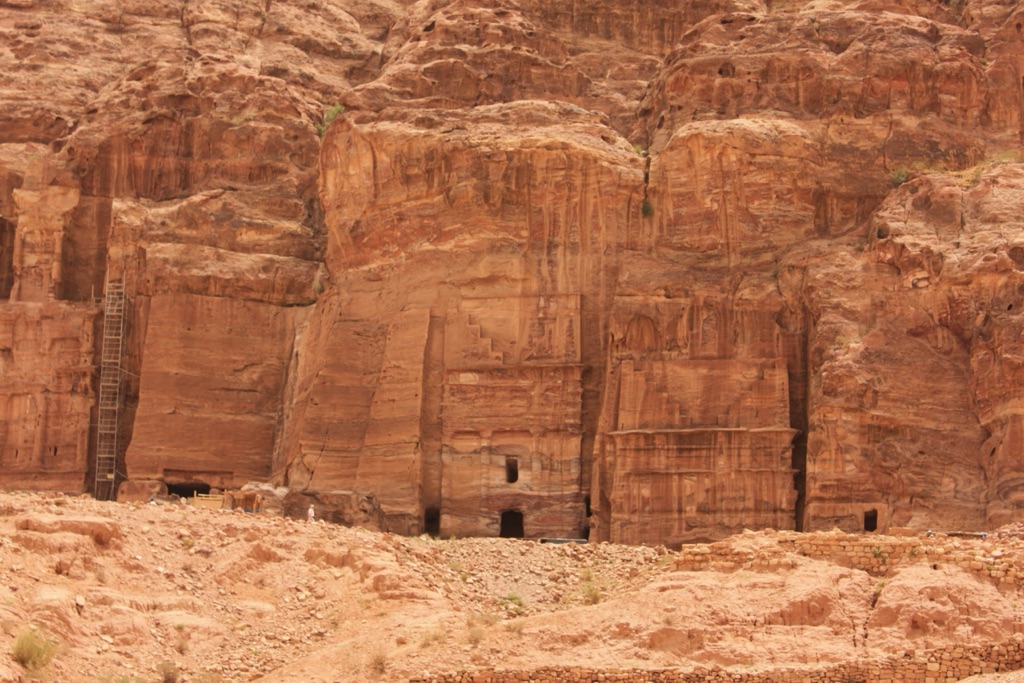
The Discovery of Petra Royal Tombs
A Hidden City Emerges
Petra, once a thriving hub of the ancient Nabataean civilization, lay veiled from modern eyes for centuries. The city’s rediscovery in 1812 by Swiss explorer Johann Ludwig Burckhardt marked the beginning of a new chapter in understanding the cultural legacy of the Middle East. Masked as a devout Muslim, Burckhardt ventured into unknown territories, ultimately revealing Petra’s Royal Tombs to the Western world. His accounts painted a vivid picture of a lost city, carved from rose-red cliffs and holding treasured history within its grand tombs and temples.
The Lure of the Royal Tombs
Following Burckhardt’s revelations, Petra captured the imaginations of adventurers and scholars alike. The allure of the Royal Tombs lured explorers, with their expansive facades hinting at mankind’s ancient artistic and engineering feats. Initial expeditions into Petra embarked on mapping and chronicling the sprawling complex, detailing the tomb’s architectural magnificence. The tomb’s interiors, once homes to royals and esteemed citizens, offered cryptic clues through inscriptions and artifacts. These early explorations laid the groundwork for future archaeological inquiries.
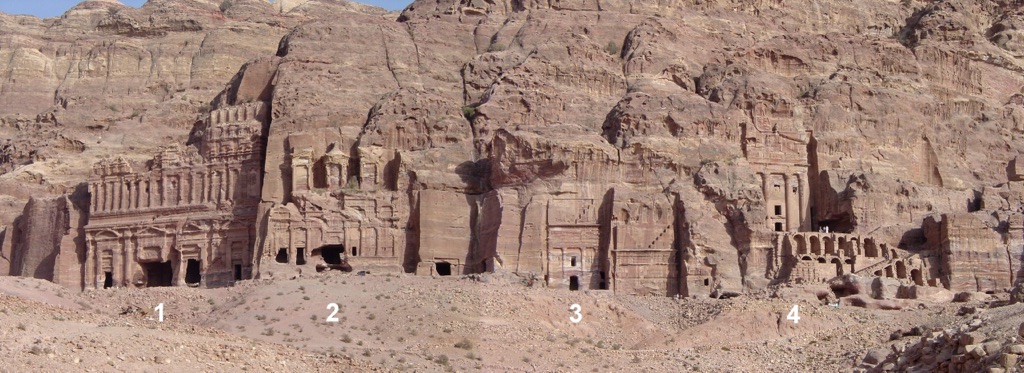
Throughout the 19th and 20th centuries, the Petra Royal Tombs became a focal point for archaeologists and historians. The Urn Tomb, the Silk Tomb, and the Corinthian Tomb were especially enchanting, with each structure revealing distinct elements of Nabataean craftsmanship and burial practices. As fascination grew, so did efforts to decode the city’s storied past, with each discovery peeling back layers of history from the rock-hewn structures.
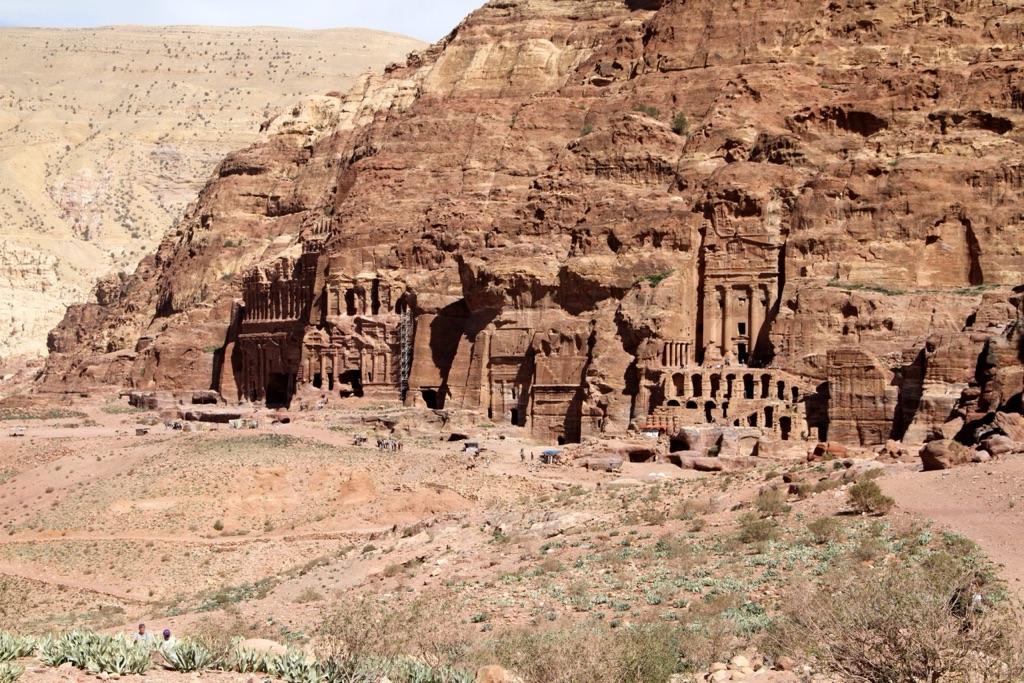
Preserving a World Heritage
In 1985, Petra’s recognition as a UNESCO World Heritage Site further magnified its significance and helped direct attention towards preservation. This honor not only acknowledged Petra’s historical and architectural importance but also its vulnerability. International collaborations focused on conservation, ensuring the tombs would endure as a testament to human history. The Petra Royal Tombs now stand as symbols of our shared heritage, beckoning travelers to witness the remnants of a once-mighty civilization.
Now, the Royal Tombs of Petra offer an open-air museum experience, where the curious can traverse ancient pathways and stand in awe within regal chambers. Here, intricate details, strategic design, and the power of human ingenuity are on display, continuing to inspire awe as they did upon their momentous rediscovery over two centuries ago. The journey of uncovering Petra’s secrets continues as new explorations and technologies unveil further facets of this timeless site.
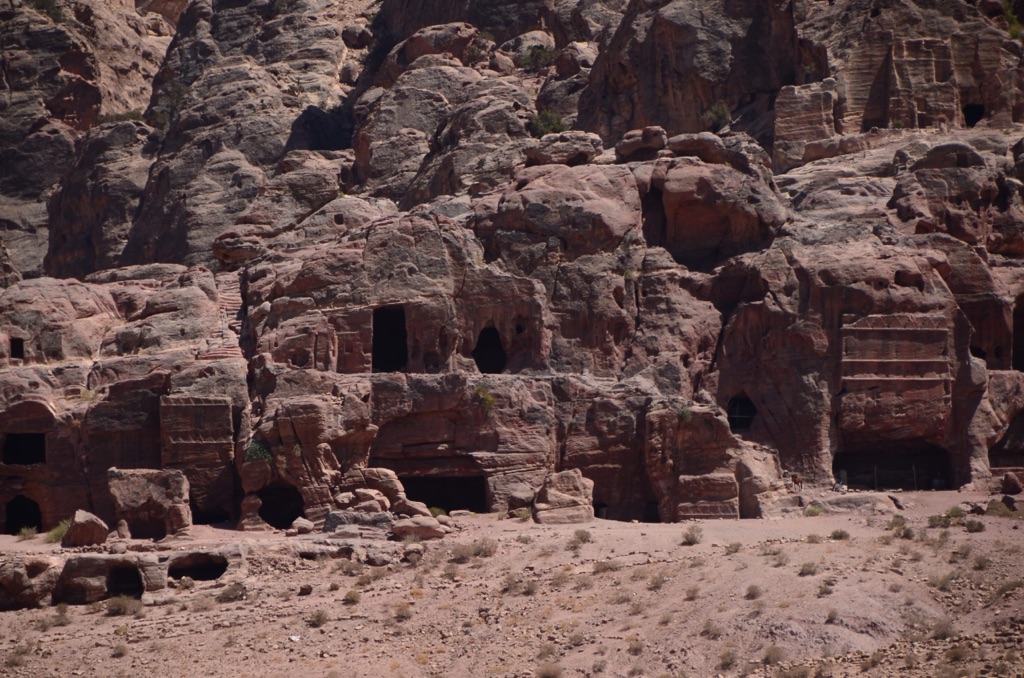
Cultural Significance, Dating methods, Theories and Interpretations
Chronicles of Earth and Stone
The Petra Royal Tombs stand as monumental chronicles, capturing the essence of the Nabataean culture. These grandiose structures offer more than a final resting place; they are a testimony to the ancient society’s rituals, beliefs, and social hierarchy. The Rose City’s tombs illustrate the cultural dynamism of a people who, at their zenith, controlled vital commerce routes and crafted an architectural legacy in Petra’s rugged landscape. The Royal Tombs, in particular, reflect the importance of the afterlife, with their ornate designs suggesting a strong belief in the journey beyond death.
The challenge of accurately dating the Petra Royal Tombs has spurred archaeologists to adopt a combination of dating methods. Stratigraphy, the study of rock layers, and comparative analysis of architectural styles provide clues to their construction periods. Moreover, pottery shards and coins offer a tangible timeline, anchoring the tombs within the extensive Nabataean chronology. These methods, compounded with historic records, afford researchers a clearer understanding of when these fascinating structures rose from the pink sandstone.
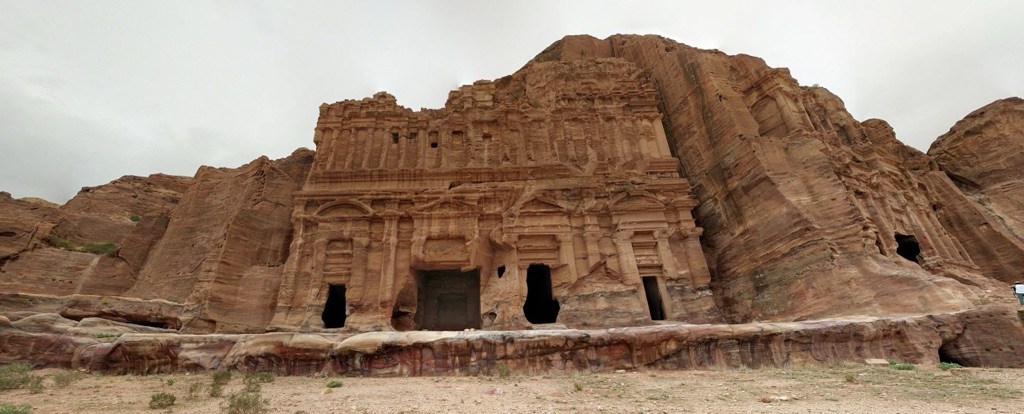
The Unanswered Questions
Although extensive research has demystified many aspects of the Petra Royal Tombs, theories and conjectures still abound. For instance, the precise significance of the tomb’s artistic elements—such as the famed facade of the Urn Tomb or the striking colors of the Silk Tomb—remains a subject of scholarly debate. Some suggest these features served symbolic purposes, while others argue they were simply a display of wealth and craftsmanship.
Interpreting the Past
To decipher the language of the Royal Tombs, historians and archaeologists delve into ancient texts and employ cutting-edge technology. Digital reconstructions and 3D modeling breathe virtual life into eroded structures, complementing traditional archaeological methods. Interpretations evolve with each discovery, weaving a story that honors the sophistication of the Nabataeans. The Royal Tombs, viewed through the lens of modern interpretations, bridge millennia and offer insight into a society’s adaptation and ingenuity.
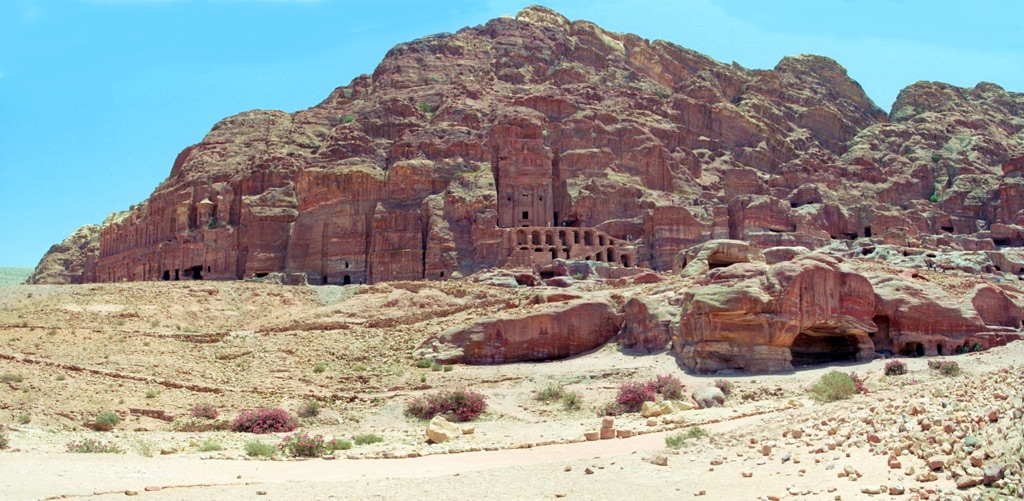
The Petra Royal Tombs’ cultural significance transcends their immediate environment, influencing broader dialogues on ancient history and civilization. They are a symbolic nexus, bringing together past and present, scholarship and tourism. As the Rose City of Petra continues to give up its secrets, the Royal Tombs remain at the heart of unfolding narratives, forever enshrining the indelible mark of the Nabataeans on the world’s heritage.
Conclusion and Sources
In conclusion, the Petra Royal Tombs are a profound historical treasure, offering remarkable insights into the Nabataean civilization’s ingenuity, beliefs, and artistry. The intricate carvings and monumental architecture of the tombs underscore the cultural significance of Petra as a trade center and a place of reverence for the dead. Despite the passage of centuries, these structures continue to stand as a testament to human creativity and the desire to immortalize the human spirit. Archaeological efforts and technological advancements in dating methods perpetually refine our understanding of these ancient creations. As research unfolds, the theories and interpretations enrich the narrative of the Rose City and its people. The enduring allure of the Petra Royal Tombs serves as a powerful reminder of the complex tapestry that is our shared global heritage.

For further reading and to validate the information presented in this article, the following sources are recommended:
Or you can check any of these reputable archaeological and historical texts:
Brown, R. M. (1989). ‘Petra and the Nabataeans: A Bibliography’. ATLA Bibliography Series, 21, 514–523.
Glueck, N. (1959). ‘Explorations in Eastern Palestine, IV’. Annual of the American Schools of Oriental Research, 25-28.
Hammond, P. C. (1973). ‘The Nabataeans—Their History, Culture and Archaeology’. Skrifter Utgivna Av Svenska Institutet I Rom, 4, 61–76.
Markoe, G. (1998). ‘Petra Rediscovered: Lost City of the Nabataeans’. Harry N. Abrams, 24(2), 85–100.
McKenzie, J. (1990). ‘The Architecture of Petra’. Oxford University Press, 31(3), 310–319.
Tarbell, F. B. (1906). ‘A History of Greek Art’. Macmillan.

